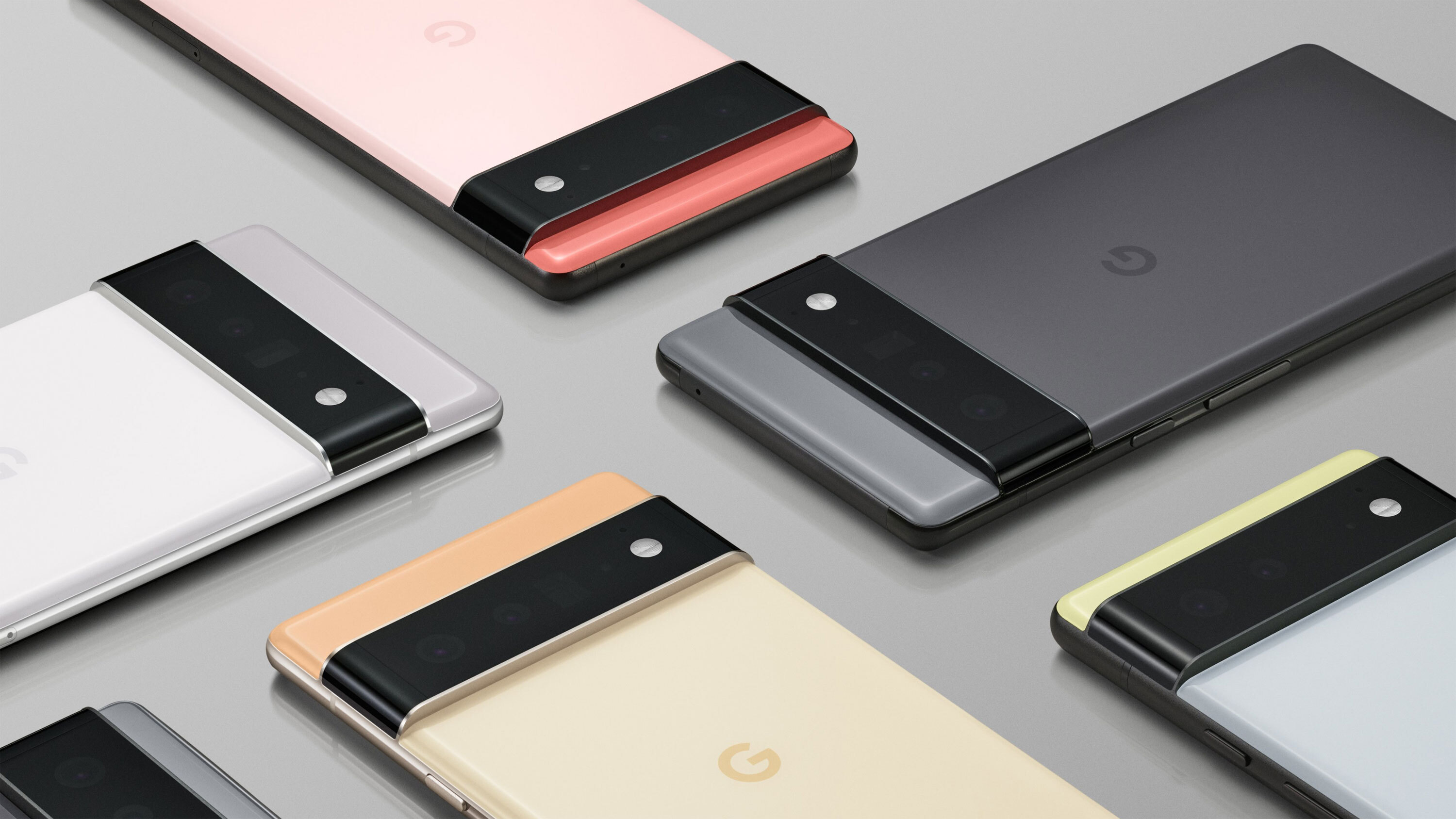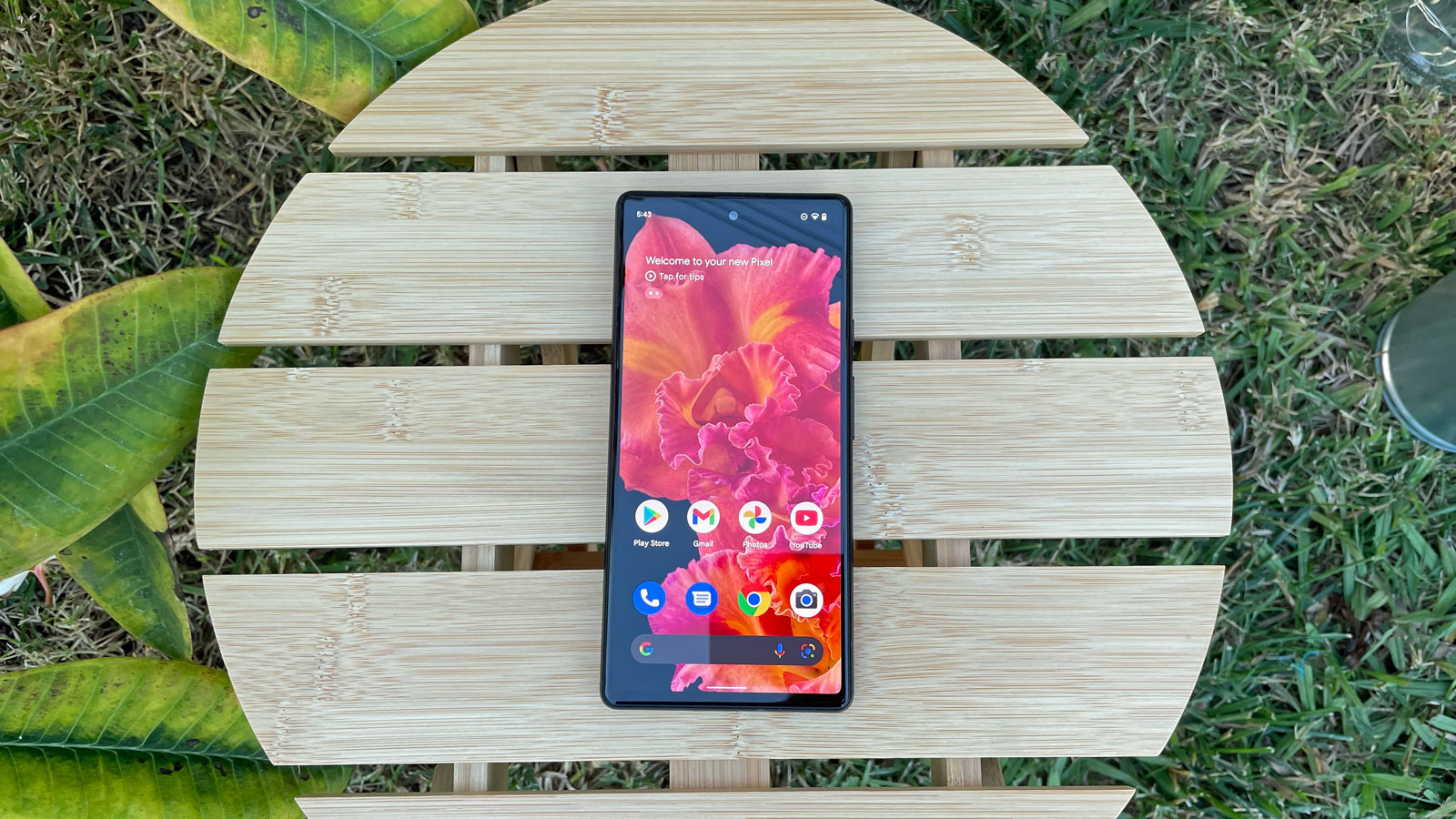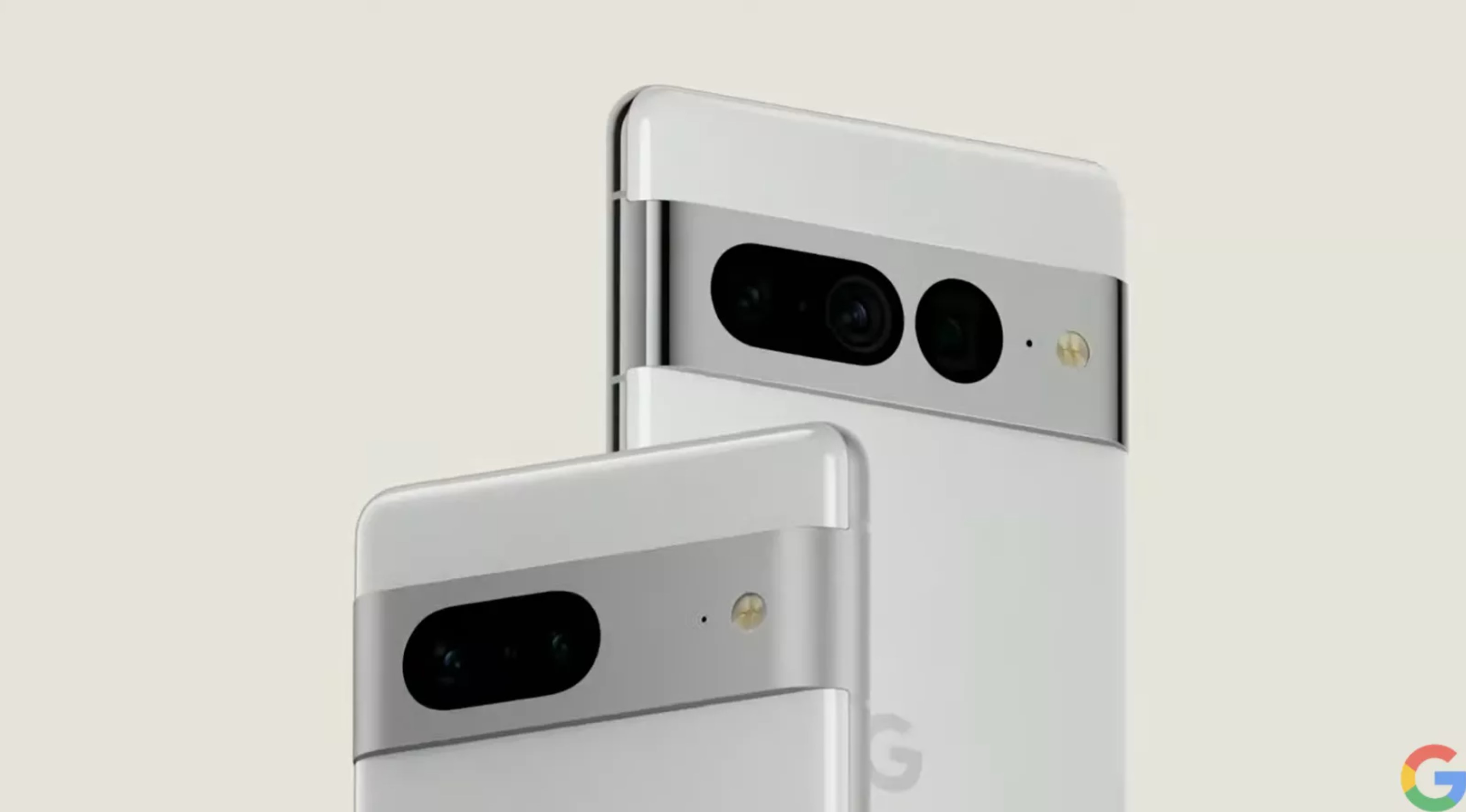I won’t buy the Google Pixel 7 unless it fixes these three Pixel 6 problems
The Pixel 6 is great, but the Pixel 7 could be better still

The Google Pixel 6 is one of the best phones I’ve ever owned, but it’s also one of the most frustrating. In fact, if its many highs — camera, software, speed, design — weren’t quite so stratospheric, its various lows would make it hard to recommend.
As it is, those plus points do outweigh the minuses, to the extent that I’ve started throwing envious glances at the new Pixel 7 and Pixel 7 Pro, both of which were revealed in full yesterday at Google's October event. But with the Pixel 7 price unchanged, and with money tighter than ever, Google is going to have to work harder to persuade me to upgrade.
Though TechRadar has had some hands-on time with the new phone, we've not used it for long enough to be able to judge it on the below aspects. So what follows is based purely on my experiences with the Pixel 6, and is not an early verdict on the Pixel 7. But with that caveat out of the way, here's what I think the new model needs to fix if it’s to join our list of the best phones.
1. A better fingerprint sensor

The Pixel 6’s fingerprint sensor is terrible. It’s hands (fingers?) down the phone’s biggest flaw, a feature so poorly implemented that every unlocking experience becomes a will-it-or-won’t-it game in which the prize is simply access to your own stuff.
Want to quickly unlock the Pixel 6 to check Twitter? The news will be old by the time you get there. Photo opportunity? Good luck capturing that before the moment’s passed.
OK, so it’s not quite that bad, because one of the frustrating things about the scanner, which sits below the Pixel 6’s screen, is that it’s so unpredictable. Some days, it works perfectly, with a single press unlocking the phone instantly; on others, it just doesn’t. But I’ve never been able to figure out how to increase my success rate, making my every interaction with it a stressful affair.
We’ve reported extensively on the problem, and on Google’s attempts to fix the Pixel 6 fingerprint scanner, but I’ve not noticed much improvement. Google even suggests that you moisturize before using it, but unless it’s offering me a year’s supply of free hand cream, that’s not really a solution.
Sign up for breaking news, reviews, opinion, top tech deals, and more.
There is reason to be hopeful that the Pixel 7 won’t have the same problem, though. As our Google Pixel 6a review makes clear, there are no such issues with the cheaper handset’s scanner, which is fast and reliable. If the Pixel 7 follows suit, that’s one big worry out of the way for me. What's more, the Pixel 7 will have Face Unlock — a feature that was absent on the 6 and which might make the fingerprint scanner all-but redundant. Here's hoping.
2. Improved cellular connectivity

As with the fingerprint scanner, this isn’t always a problem — but when it is, it’s hugely annoying. Essentially, the phone randomly struggles to get reception — and though this can often be cured by turning on and off Airplane mode, that doesn’t always do the trick. It could be an issue with my network, sure, but I’ve been with the same one for nearly a decade and have lived and worked in the same area throughout that time. And I’ve never had this problem before.
Nor am I alone: Google started receiving complaints about Pixel 6 connection problems immediately after the phone’s launch last year, and though it’s rolled out updates to patch the problem, some users continue to experience network drop-outs and reception woes.
There’s a suspicion that the culprit is the Pixel 6’s modem, which is the Samsung-made 5123b, rather than one of the Qualcomm models found within almost all other flagship smartphones. Unfortunately, some code digging by 9to5Google indicates that the Pixel 7 will have another Samsung modem, as does the Pixel 6a, which doesn’t exactly reassure me that the new phone will perform any better on this front.
3. A longer-lasting battery

The Pixel 6 doesn’t have terrible battery life, but it’s nowhere near the best performer in this regard. In our testing, we got around a day’s use from it, which matches Google’s own claims of 24 hours, or 48 with Extreme Battery Saver enabled. My own experience is that even if I start the day with a full charge, I usually have to top it up before bed. It depends on how I use it (and how late I stay out), obviously, but I rarely leave home without one of the best power banks just in case.
That’s a far cry from my previous phone, the OnePlus 8T, which could easily go for more than a day without running out of juice. On the plus side, it’s a reasonably swift charger: it’s rated for 30W and can get from 0-47% in about 30 minutes.
Google reckons the 7 will have "beyond 24 hour battery life," or up to 72 hours in Extreme mode. That's quite the claim, given that it has a smaller 4,355mAh battery than the 4,612mAh one in the 6. But that only tells us so much; battery life is also affected by how efficient the processor is, and how power-hungry the screen is, among other factors, so it is possible that Google has managed to give it a little more lasting power.
I will admit I'm slightly dubious about that, but hopefully I'm being needlessly negative.
Google Pixel 7 — reasons to be cheerful

Those flaws may be annoying, but I can live with them because the Pixel 6 gets several much more important things right. And then some.
The camera is one; I’m a keen photographer, but I’ve taken my Fujifilm X-T3 out of the house a lot less often now that I have the Pixel 6 in my pocket. Yes, I wish I had the Pixel 6 Pro, with its telephoto zoom, but the standard 6 is capable of taking fantastic photos in its own right.
Unfortunately, the Pixel 7 doesn't get any major upgrades to suggest it could join our list of the best camera phones. There are a few new software modes, but nothing on the hardware front, and the gap between it and the 6 Pro looks bigger than ever.
Software is another highlight of the Pixel 6, partly due to Google’s lovely vanilla Android 13 and partly thanks to all the little tricks enabled by the Tensor chipset inside it. What tricks? Well, Magic Eraser is great, and I also love the uncannily fast and accurate voice typing and instant translation features. The Pixel 7 will run on the second-gen Tensor 2 chipset, the Tensor G2, so expect more where that came from - including the new Photo Unblur and Macro Focus modes.
Given that the Pixel 6 is also super-fast in use, has a good screen for the price and has a distinctive and attractive design, there are more than enough positives to outweigh the negatives. So if the Pixel 7 can fix those flaws, I’ll be putting in a pre-order at the first opportunity.

Marc is TechRadar’s Global Editor in Chief, the latest in a long line of senior editorial roles he’s held in a career that started the week that Google launched (nice of them to mark the occasion). Prior to joining TR, he was UK Editor in Chief on Tom’s Guide, where he oversaw all gaming, streaming, audio, TV, entertainment, how-to and cameras coverage. He's also a former editor of the tech website Stuff and spent five years at the music magazine NME, where his duties mainly involved spoiling other people’s fun. He’s based in London, and has tested and written about phones, tablets, wearables, streaming boxes, smart home devices, Bluetooth speakers, headphones, games, TVs, cameras and pretty much every other type of gadget you can think of. An avid photographer, Marc likes nothing better than taking pictures of very small things (bugs, his daughters) or very big things (distant galaxies). He also enjoys live music, gaming, cycling, and beating Wordle (he authors the daily Wordle today page).